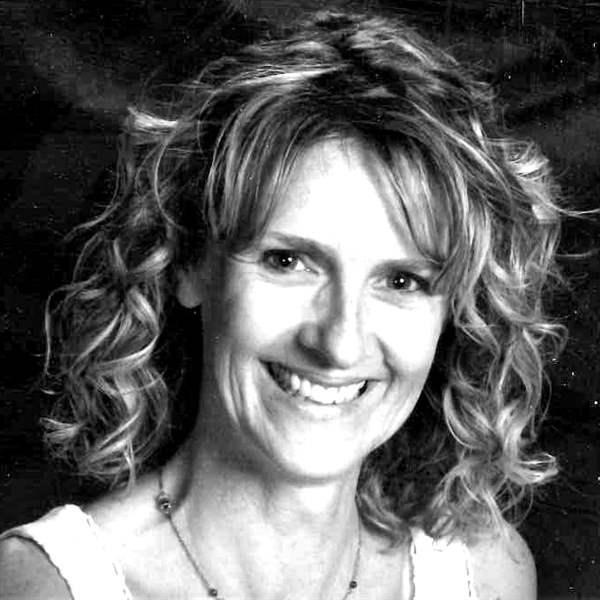Pilots: Tails you win
One pilot’s mission to rejuvenate grassroots flying

Jamie Pittman grew up learning to fly like the barnstormers of the Golden Age: by the seat of his pants in tailwheel airplanes on grass strips. Piper Super Cub, Aeronca Champ, Citabria, Stearman—his list of early training models reads like a “who’s who” of legendary tailwheels. While these airplanes were simply the norm for Pittman at the time, he came to realize that learning to fly in tailwheel airplanes was both rare and essential to developing superior piloting skills. When Pittman launched his own flight school in 2017 at age 23, he did so with the aim of reinvigorating grassroots flying and producing not just certificated pilots but highly competent flyers.
“The type of environment I grew up flying in, and the people I flew with, shaped my views on aviation,” said Pittman, whose passion for flying began at age 14 when he befriended a local septuagenarian with “a grass runway and lots of airplanes in her backyard.” The two often flew together after Pittman got home from school. Shortly thereafter, Pittman began flying under the guidance of Ron Alexander at Peach State Aerodrome in Williamson, Georgia. Alexander, a retired Delta pilot and war hero, became a mentor to Pittman before his 2016 death in the crash of a Curtiss JN–4 Jenny.
“The more people I flew with, and the more I got to know the classic planes and the pilots who flew them, the more I realized there was a huge need for the kind of flying I grew up with,” Pittman said. “I saw a big difference between the skills, attitude, and passion in the people I was surrounded by growing up compared to the vast majority of GA pilots. I found that if you flew on grass in tailwheel planes, it made you a better pilot.”
That’s the founding philosophy of Pittman’s flight school, Discover Flight LLC. Located in Oshkosh, Wisconsin, the school’s primary trainer is a J–3 Cub. Like one of his first instructors, Pittman doesn’t allow primary students to solo until they can recover from a spin. Post-solo, students transition to a Piper Warrior for the longer-distance flying requirements. The fleet also includes a Pitts S2B for aerobatic training—Pittman’s true passion.
“I don’t force people to start flying in a tailwheel, but I present my case to them and I haven’t had a single person say no,” said Pittman. “Every new pilot has gone along with my program and come to realize why it’s important. They can see the difference in their skills compared to pilots who have trained only in a nosewheel, which is much more forgiving.”
It’s a message that is resonating nationwide. Less than a year after opening, the business is growing so fast, Pittman can’t keep up with demand. He has a waitlist of students from all over the country, which he attributes to limited tailwheel accessibility. “What we are doing is unique, and there’s a lot of demand out there for it.”
It’s a good problem to have and a tough one to fix. Growing the school means hiring like-minded instructors who are passionate about tailwheel flying. But most CFI applicants either aren’t tailwheel endorsed or don’t have the 150 current tailwheel hours Pittman requires. He recently brought on two new instructors—one who handles instrument and post-solo students in the Warrior and another who meets Pittman’s tailwheel requirements and, like Pittman, wants to spread the grassroots message.
“You could go your whole life and not fly tailwheels, but you’ll be missing out,” said Pittman. It’s not just about improving piloting skills; it’s also about earning the keys to a whole new fleet of airplanes. “People go to airshows and see that all the old warbirds and biplanes are tailwheel, and many dream of flying them. But you’ll never be able to fly those planes if you don’t learn to fly a tailwheel.”



